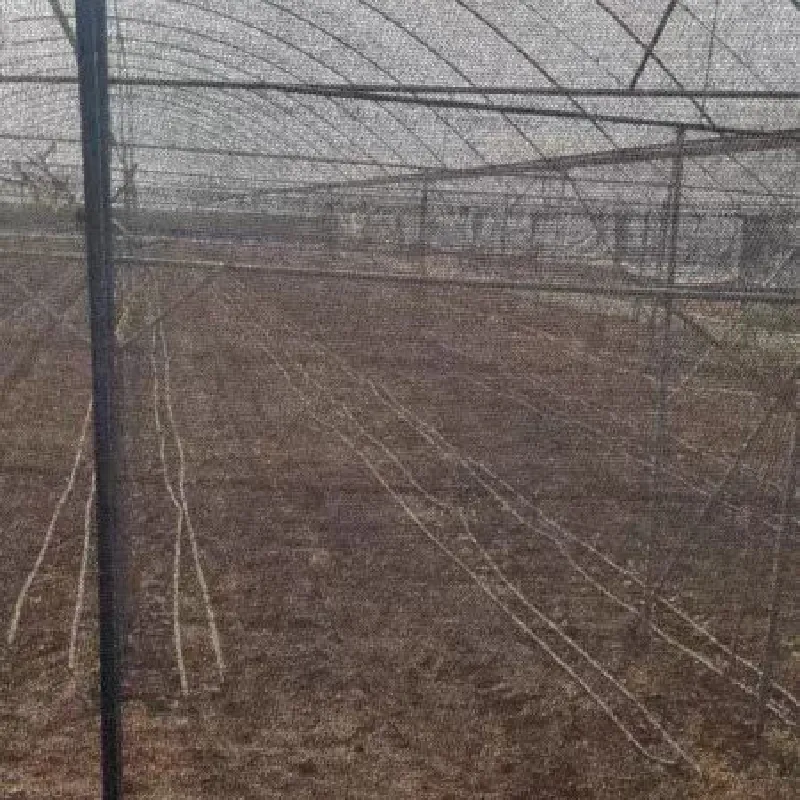-
 Afrikaans
Afrikaans -
 Albanian
Albanian -
 Amharic
Amharic -
 Arabic
Arabic -
 Armenian
Armenian -
 Azerbaijani
Azerbaijani -
 Basque
Basque -
 Belarusian
Belarusian -
 Bengali
Bengali -
 Bosnian
Bosnian -
 Bulgarian
Bulgarian -
 Catalan
Catalan -
 Cebuano
Cebuano -
 China
China -
 Corsican
Corsican -
 Croatian
Croatian -
 Czech
Czech -
 Danish
Danish -
 Dutch
Dutch -
 English
English -
 Esperanto
Esperanto -
 Estonian
Estonian -
 Finnish
Finnish -
 French
French -
 Frisian
Frisian -
 Galician
Galician -
 Georgian
Georgian -
 German
German -
 Greek
Greek -
 Gujarati
Gujarati -
 Haitian Creole
Haitian Creole -
 hausa
hausa -
 hawaiian
hawaiian -
 Hebrew
Hebrew -
 Hindi
Hindi -
 Miao
Miao -
 Hungarian
Hungarian -
 Icelandic
Icelandic -
 igbo
igbo -
 Indonesian
Indonesian -
 irish
irish -
 Italian
Italian -
 Japanese
Japanese -
 Javanese
Javanese -
 Kannada
Kannada -
 kazakh
kazakh -
 Khmer
Khmer -
 Rwandese
Rwandese -
 Korean
Korean -
 Kurdish
Kurdish -
 Kyrgyz
Kyrgyz -
 Lao
Lao -
 Latin
Latin -
 Latvian
Latvian -
 Lithuanian
Lithuanian -
 Luxembourgish
Luxembourgish -
 Macedonian
Macedonian -
 Malgashi
Malgashi -
 Malay
Malay -
 Malayalam
Malayalam -
 Maltese
Maltese -
 Maori
Maori -
 Marathi
Marathi -
 Mongolian
Mongolian -
 Myanmar
Myanmar -
 Nepali
Nepali -
 Norwegian
Norwegian -
 Norwegian
Norwegian -
 Occitan
Occitan -
 Pashto
Pashto -
 Persian
Persian -
 Polish
Polish -
 Portuguese
Portuguese -
 Punjabi
Punjabi -
 Romanian
Romanian -
 Russian
Russian -
 Samoan
Samoan -
 Scottish Gaelic
Scottish Gaelic -
 Serbian
Serbian -
 Sesotho
Sesotho -
 Shona
Shona -
 Sindhi
Sindhi -
 Sinhala
Sinhala -
 Slovak
Slovak -
 Slovenian
Slovenian -
 Somali
Somali -
 Spanish
Spanish -
 Sundanese
Sundanese -
 Swahili
Swahili -
 Swedish
Swedish -
 Tagalog
Tagalog -
 Tajik
Tajik -
 Tamil
Tamil -
 Tatar
Tatar -
 Telugu
Telugu -
 Thai
Thai -
 Turkish
Turkish -
 Turkmen
Turkmen -
 Ukrainian
Ukrainian -
 Urdu
Urdu -
 Uighur
Uighur -
 Uzbek
Uzbek -
 Vietnamese
Vietnamese -
 Welsh
Welsh -
 Bantu
Bantu -
 Yiddish
Yiddish -
 Yoruba
Yoruba -
 Zulu
Zulu
Durable debris netting for heavy-duty applications in construction and outdoor protection
The Importance of Heavy-Duty Debris Netting in Construction and Safety
In the realm of construction and industrial activities, safety is paramount. One critical component of a robust safety strategy is the use of heavy-duty debris netting. This specialized netting plays a vital role in preventing accidents and injuries on job sites, making it an essential tool for contractors, builders, and safety managers alike.
Heavy-duty debris netting is specifically designed to contain falling objects, debris, and tools that may accidentally drop from elevated workspaces. Constructed from durable materials such as high-tensile polypropylene or nylon, this netting can withstand harsh environmental conditions and heavy loads. Its strength ensures that it remains intact under pressure, effectively mitigating the risks associated with falling objects, which are a leading cause of injuries in construction settings.
The Importance of Heavy-Duty Debris Netting in Construction and Safety
Another significant benefit of heavy-duty debris netting is its role in increasing job site productivity. By providing a secure containment method, workers can operate without the constant fear of injury from falling objects. This peace of mind allows them to focus on their tasks, ultimately enhancing overall efficiency and performance on the site. Additionally, when workers feel safe, morale increases, which can correlate with higher productivity rates.
heavy duty debris netting

The installation of heavy-duty debris netting is straightforward, which adds to its appeal. Most netting systems come with easy-to-use fastening options and can be quickly deployed around job sites. This encourages contractors to implement safety measures without extensive delays or complicated procedures. Furthermore, numerous manufacturers offer various sizes and mesh configurations, allowing for customization based on the specific needs of a project.
In addition to preventing falls, heavy-duty debris netting can assist in maintaining a cleaner work environment. By capturing debris, dust, and other materials, it helps keep the job site tidy, which is crucial for both safety and efficiency. A clean work area reduces the risk of accidents caused by tripping or slipping on scattered materials, further enhancing safety protocols.
It’s important to note that the effectiveness of heavy-duty debris netting largely depends on proper installation and regular maintenance. Regular inspections should be conducted to ensure the netting remains in good condition and securely fastened. Any signs of wear or damage should be addressed immediately to maintain the integrity of the safety barrier.
In conclusion, heavy-duty debris netting is an indispensable safety feature in construction and industrial environments. It provides robust protection against falling objects, enhances job site productivity, and contributes to maintaining a clean and organized workspace. As construction projects continue to grow in complexity and height, the role of heavy-duty debris netting will only become more vital. By prioritizing the implementation of such safety measures, construction professionals can protect their workers and the public, ultimately fostering a culture of safety and responsibility in the industry.
-
Shipping Plastic Bags for Every NeedNewsJul.24,2025
-
Safety Netting: Your Shield in ConstructionNewsJul.24,2025
-
Plastic Mesh Netting for Everyday UseNewsJul.24,2025
-
Nylon Netting for Every UseNewsJul.24,2025
-
Mesh Breeder Box for Fish TanksNewsJul.24,2025
-
Expanded Steel Mesh Offers Durable VersatilityNewsJul.24,2025











